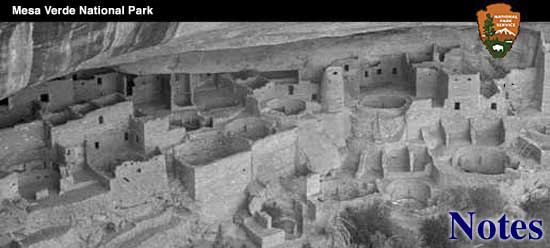

|
A part of the American credo is the belief that Indians possessed superb health and physical development before their contact with the Europeans. Our literature is liberally supplied with sentimental references to Indians as "noble redmen" and "unspoiled children of nature," whose strength, endurance, hearing, vision, and skill is something at which to marvel. Apparently James Fenimore Cooper was the first writer to glorify them and many others since have pictured the Indian as a person almost animal in his physique and abilities. One is disillusioned, however, after reading some of the reports of pathological examinations of prehistoric skeletons. One of the most complete reports on the subject, here in the Southwest, is that of Doctor Hooten, in his recent book "Indians of Pecos." He examined nearly six hundred Pueblo Skeletons from the Ruin at Pecos, New Mexico, most of them being from ancient strata. In the series of skeletons, arthritis was found to be most prevalent. More than thirteen percent of the Pecos population had spinal arthritis, and four percent suffered from the disease in the long bones. Streptococcus infection was probably the cause, for nearly half of the population had one or more decayed teeth, with abscesses appearing very commonly. Pecos would have been a good field for an Eye, Ear, Nose, and Throat Specialist. Most of the skulls show deformities in structure—deflected nasal septum, sinus infection, mastoid disease, or minor lesions of some kind. More than half the Pecos group had pyorrhea, less than four out of five, but enough to indicate that another race besides ours had toothache. Doctor Hooten1 found three skulls and some long bones that showed evidence of syphillis, and his opinion was confirmed by several physicians who examined them. This is also supported by Doctor Spinden2 who thinks that this disease is of New World origin.
The Pueblo people of the Mimbres Valley, New Mexico, were subject to pyorrhea and infected teeth to the same degree.3 Skeletons from early Pueblo ruins in Southwestern Colorado show the presence of most of the diseases observed in the Pecos population.4
The same conditions can be observed in skeletons from the Cliff Dwellings, but the lack of sufficient skeletal material makes it impossible to prepare a detailed report. Decayed teeth can be found in many adult skulls from Mesa Verde, and minor deformities of the bones are common. One skull shows the presence of porosity or thickening, giving the vault of the skull a honeycombed appearance. There are a few cases of fractures of arm and leg bones among the Mesa Verde Pueblo population. This is to be expected in a region where the people spent most of their time along the sheer cliffs and canon slopes of the mesa. On exhibition in the Park Museum is an arm bone of a Cliff Dweller, which had been broken and healed satisfactorily during the life of the individual. Apparently these people knew the art of binding a broken bone. Morris5 found one such case at the Aztec Ruin in New Mexico, in which both bones of the lower arm were fractured and bound with splints.
Aside from this one method of treatment, there is no indication that the people of the ancient Pueblos attempted to treat disease directly—relying, instead, on herbs, ritual and prayer. If we consider the prevalence of those diseases among them, their painfulness, and the inadequate means of treatment, we can only conclude that they were less well off than ourselves. | ||||||
| <<< Previous | > Cover < | Next >>> |
vol3-2g.htm
14-Oct-2011